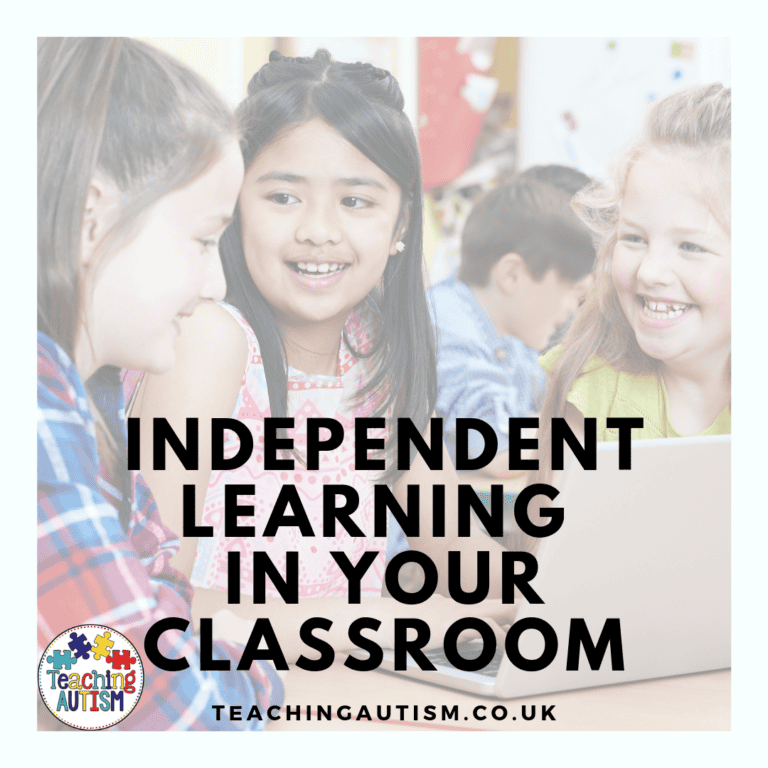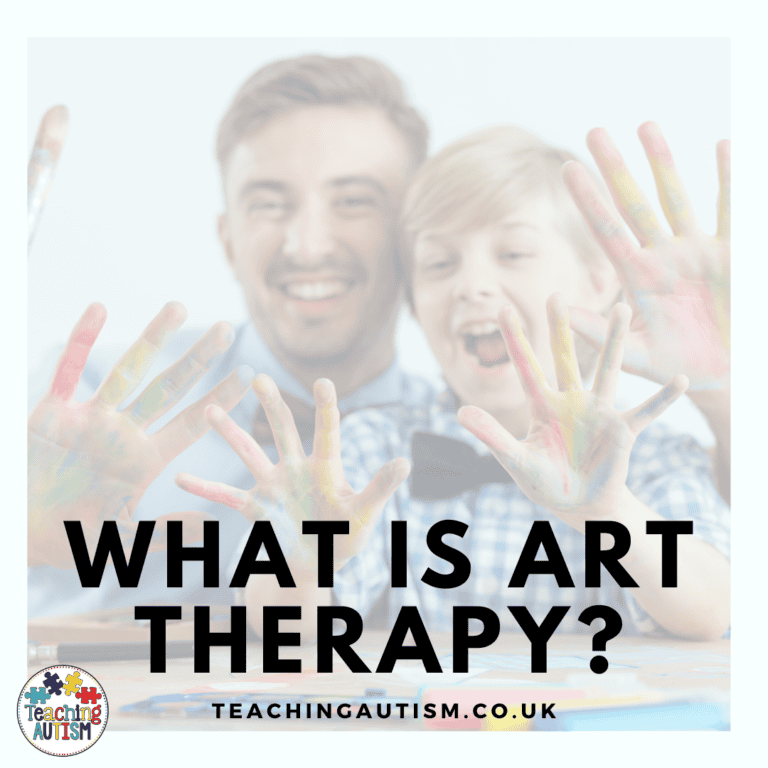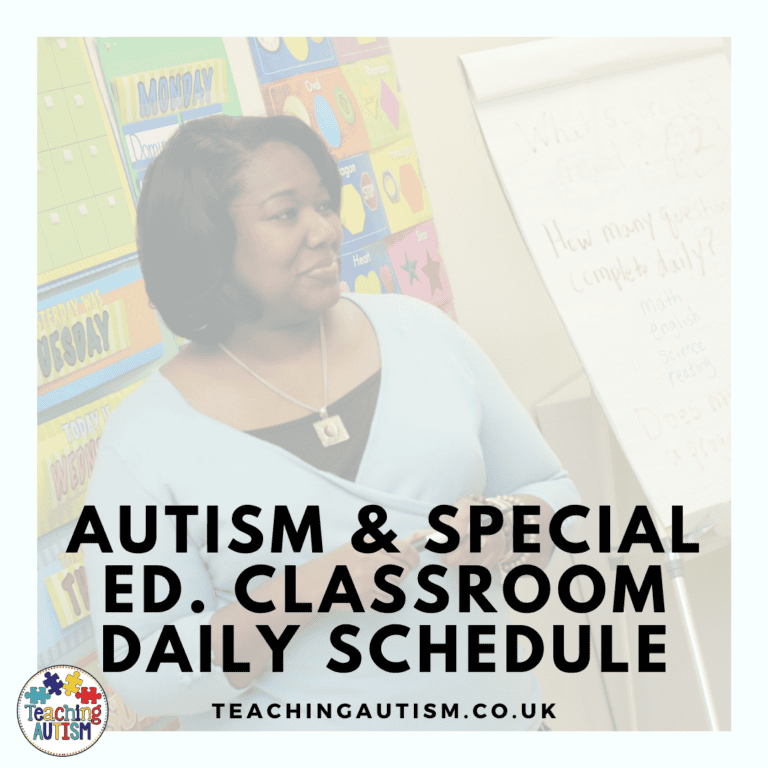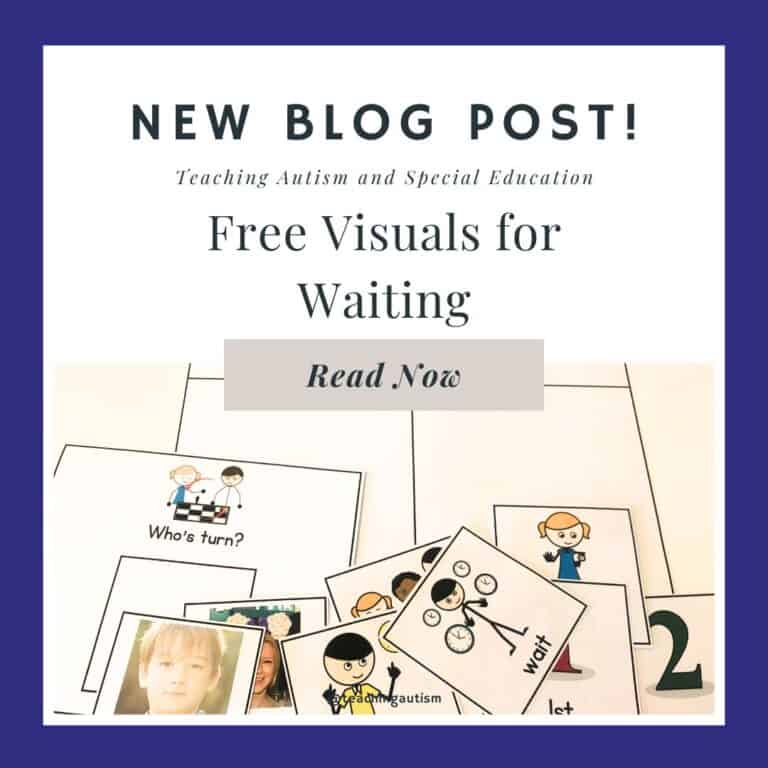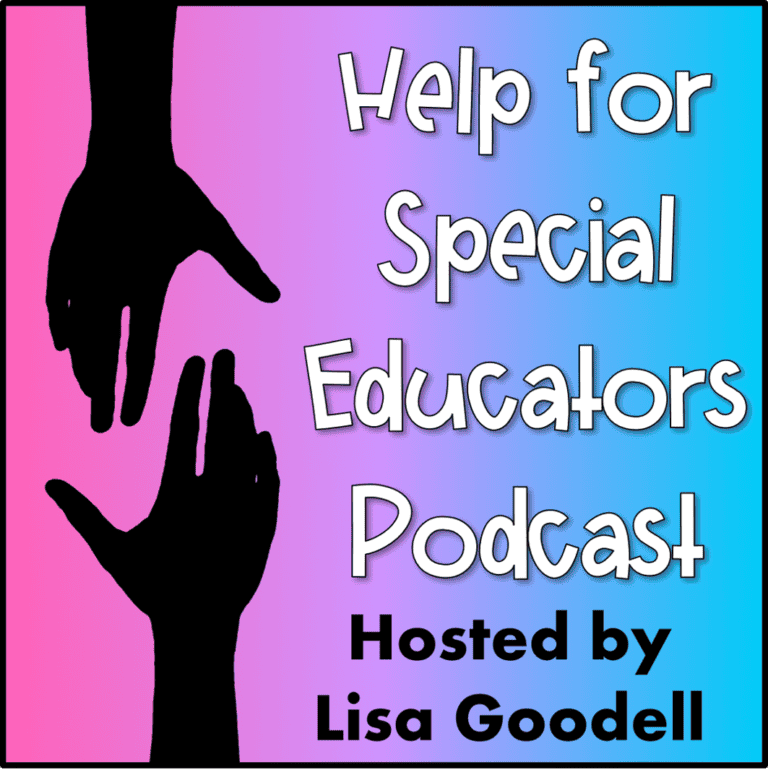Classroom Management for Special Education
Recently I had the opportunity to be showcased on Rachel Lynette’s amazing blog Minds in Bloom and I am now sharing it here for my followers to be given another chance to read all about classroom management for special education.
Visuals
Timelines
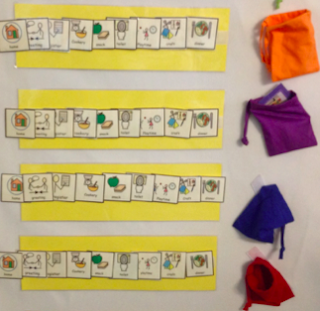
In our classroom, each student has their own individual timeline. One of our students is only half a day, so he has a different timeline to others. Another one of my students doesn’t understand symbols, so he has objects for his timeline. I.e swimming trunks for swimming, a toy bus for trips out, calculator for maths etc.
By having individual timelines, my students can have a more personalised experience for them and their needs. Our students all have their own colour because we run a colour co-ordinated classroom.
Check out our whole class timelines here and individual timelines here.
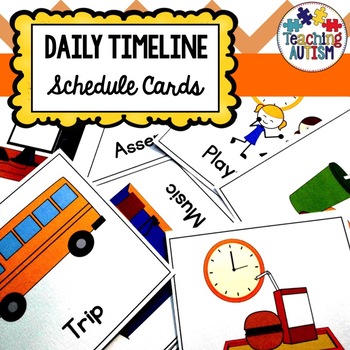
First and Then Boards

We all know how hard it can be at times to keep our students engaged and focused on an activity. Especially if they don’t really understand why they need to work, when they would prefer to go back and play elsewhere or have free choice.
First and then boards are fantastic for helping students to understand that they will get what they want. But, first, they have to work for it! Be sure to have these on your and ready for whenever they sit down for work – or even take part in an activity.
Before calling a student to sit down for work, get everything laid out ready. That way, you can go straight into the activity instead of rushing around trying to find things while they’re sat waiting.
Check out our first and then boards here.

I Am Working For
I LOVE using an ‘I Am Working For’ system. My students respond really well to this visual approach. It also keeps them on task, and motivated to finish. Because they know, once they’ve collected enough tokens – they get to have their reward/motivator.
You can make these personal and differentiate them for your individual students. For example, some students may need 3 tokens to get their reward, others may need 6 tokens to get their reward. It all depends on the individual.
You can then decide how your students are going to achieve their tokens. Is it after every 5 minutes of work? Or every activity that they complete? Decide the system you will use and then be consistent with it with your students.
Click here to have a look at my I Am Working For system.
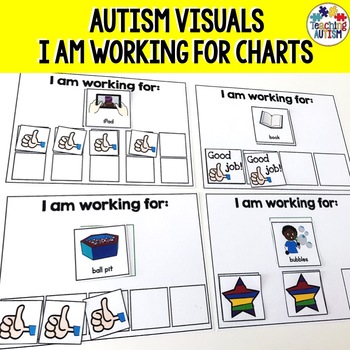
Communication Books
Picture yourself in a foreign country. Where nobody speaks your language. You’re in a busy restaurant and you’re trying to order something. But, nobody understands you. The menu is in a different language. There’s no images. How do you communicate what you want?
This is how some of our students will feel on a daily basis. They know what they want, they just don’t know how to communicate that with you in order to get it.
Communication books are great in the way that every student has their own, making it personal to them. You can add the symbols that are most relevant to them and depending on their individual communication ability.
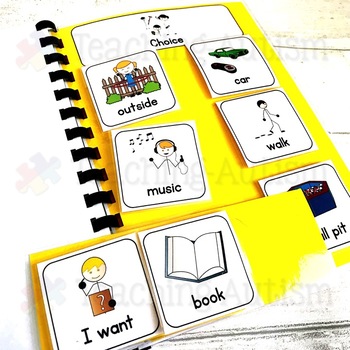
Check out my communication book here that my students love to use.
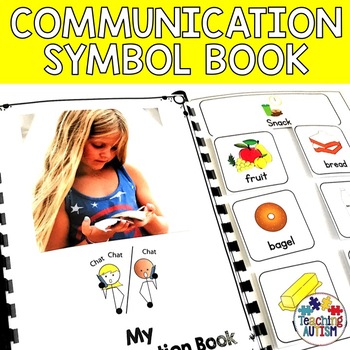
Timers
Have you ever said to one of your students ‘Just one more minute!” and then looked at the clock and 3-4 minutes have passed? Yep, it happens to everyone.
The best thing to use is a timer. And sand timers are a great, visual tool to use. They come in times from 30 seconds up to 1 hour – and some are even longer!
They’re a great, visual to use with your students to keep them going. They work especially well if you have students who want to know how long they have to work for. Or how long they have left of choice or playtime.
Transition Boards
Transition is hard for many of our students. And I actually have a blog post and podcast episode devoted to this to give you some ideas of how you can help your students.
A transition board is great to have somewhere that is easily accessible for your students. And preferably near the door to exit and enter the classroom.
We have a few main areas on our transition board which includes; class, bus, home, playground, assembly and lunch. My students put themselves (photos) onto the place they are going next or can have support from staff. This allows the student to see where they are going next to help prepare themselves.
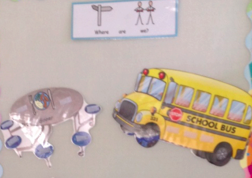
Traffic Light System
This is a popular system to use with a lot of our students. You can personalise it to say whatever you want, or just have it as a general traffic light system.
You can use an arrow to move it onto the part that you feel necessary or have children’s faces by it. However you feel it would work best with your use.
You can use it for noise levels, behaviours etc. We tend to use ours on an individual basis with our students at their work desks who find it helpful. Some of our students don’t like the traffic light system, so we change it to a system that works best for them.
It’s important to spend time getting to know each of your students and what they respond best to.
You can find our editable traffic light system here.
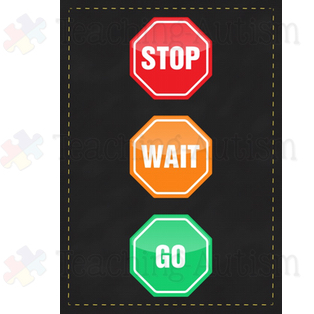
Greeting Books
We like to use ‘greeting books’ in our classroom every morning and afternoon. They’re a consistent work approach that helps my students to settle down and get ready for their work. It also helps them to focus and prepare themselves for the work that’s coming next.
I differentiate my greeting books to suit individual students abilities and levels. They contain things like ‘What day is it?’ ‘What month is it?’ ‘What season is it?’ ‘Who’s in class today?’ ‘How’s the weather today?’ ‘What should we wear in this weather?’ And you can find out more about my morning work routine on this podcast episode or this blog post.
You can find my greeting books pack here.
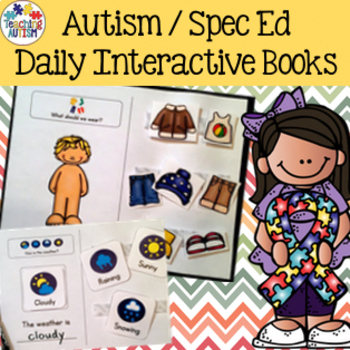
And this morning work binder is a popular resource used in classes around the world right now.
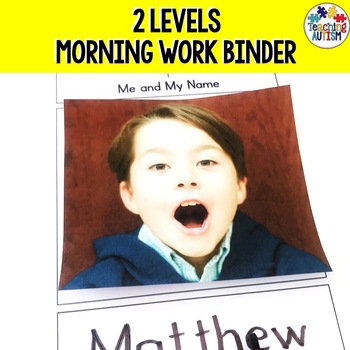
Movement Breaks
Movement breaks are perfect for getting your students moving and helping them to re-focus. They’re also great for students to get re-engaged with their work.
You can either have prints-out to use with students as visuals, or you can put some songs on Youtube. My students love movement breaks and they definitely help them to re-charge their batteries. They’re also great to use during those wet playtimes and your students are stuck inside.
You can find our movement break cards here.
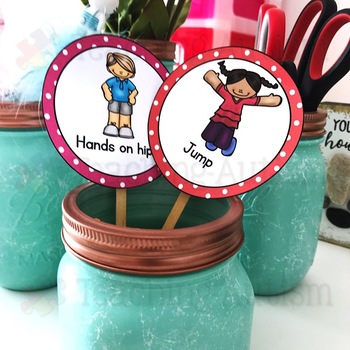
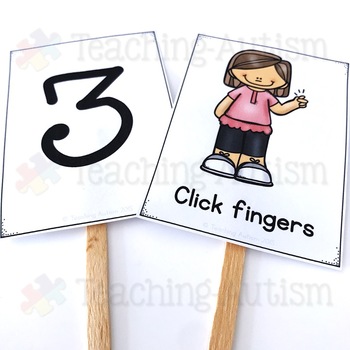
Transition Songs
Transition is really hard for many of our students. One of the best ways that we help prepare them for transition is to use songs. We have a good morning song that plays when the children arrive. A counting song for math work. There’s a song for going out to play, snack, dinner, brushing teeth etc. And you can find so many of these on Youtube.
Achievements
Every week, on Friday, we have an achievement assembly. One student in every class is given a star of the week certificate. The certificate is a congratulations for something that they did well that week. When they achieve this, they get to put their face photo onto a golden star on display in the hall. We also have a student of the week certificate. The student who wins this has done something extra special that week. And then, their face photo goes onto a big star in the middle of the display.
Student Work
We also like to showcase our students work each week on our classroom display. You can see our display down below.
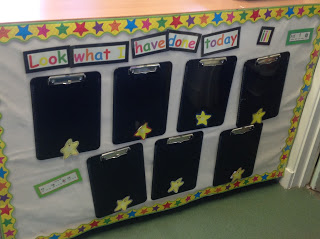
Professional Documents
IEPs are a fantastic resource. But, we also use pen portraits. These are for staff and families to discuss/find out more of the day to day needs of our students. It’s on one sheet of paper and it gets updated yearly – or when needed.
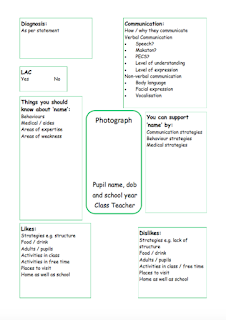
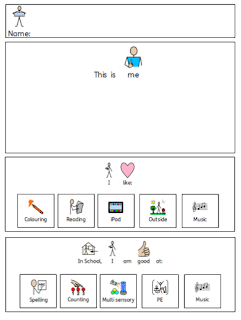
Classroom Meetings
It’s really important to ensure that you have clear communication within your classroom team. On a Monday morning, before the students arrive, we have a planning session. We go over the weekly plan and what is going on each day. We’ll discuss specific art activities, cooking etc. And then, on a Friday morning we reflect on how the week went, what worked well, what didn’t etc.
Parent Communication
We communicate with our families on a daily basis. It’s really important that we have that communication and build positive relationships. To do this effectively, we use a home/school communication book.
For things that need quicker communication we’ll phone home. If it’s over the weekend, we’ll use email. All of these things help to ensure that the relationship is positive and communication is effective.
I’ve attached some photos of our home/school communication books below. And you can find this resource to use with your students families here.
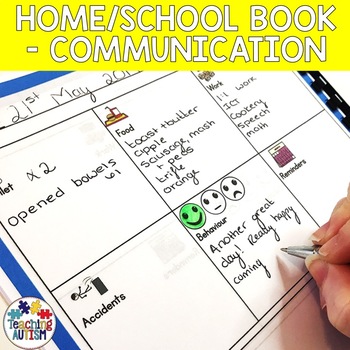
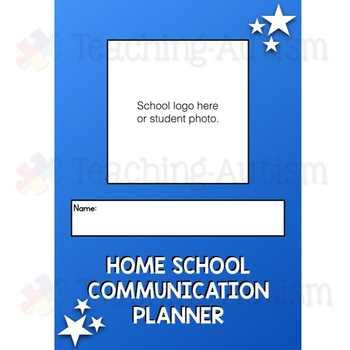
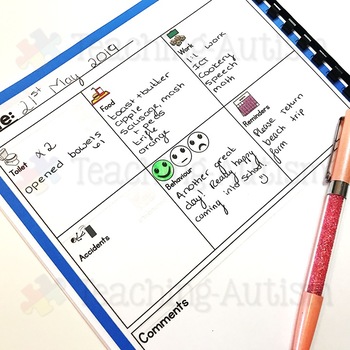
Classroom Displays
We try to keep our displays nice and simple. Not too busy or overpowering that will take their attention away from work tasks.
Thank you for reading my post all about classroom management for special education. I hope that you found these tips helpful. Please consider sharing this post with your friends and colleagues who may find it helpful.
You can find more great tips on our podcast here.



